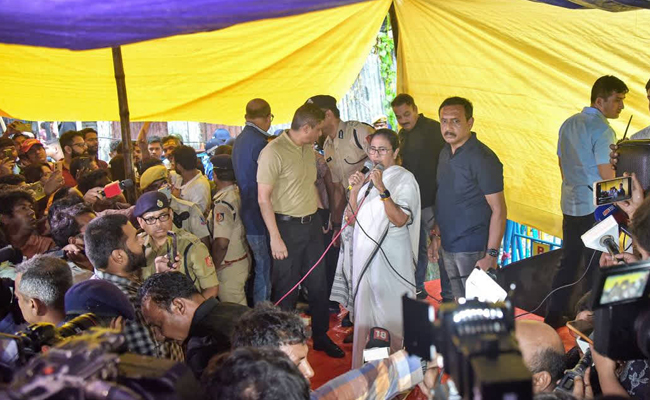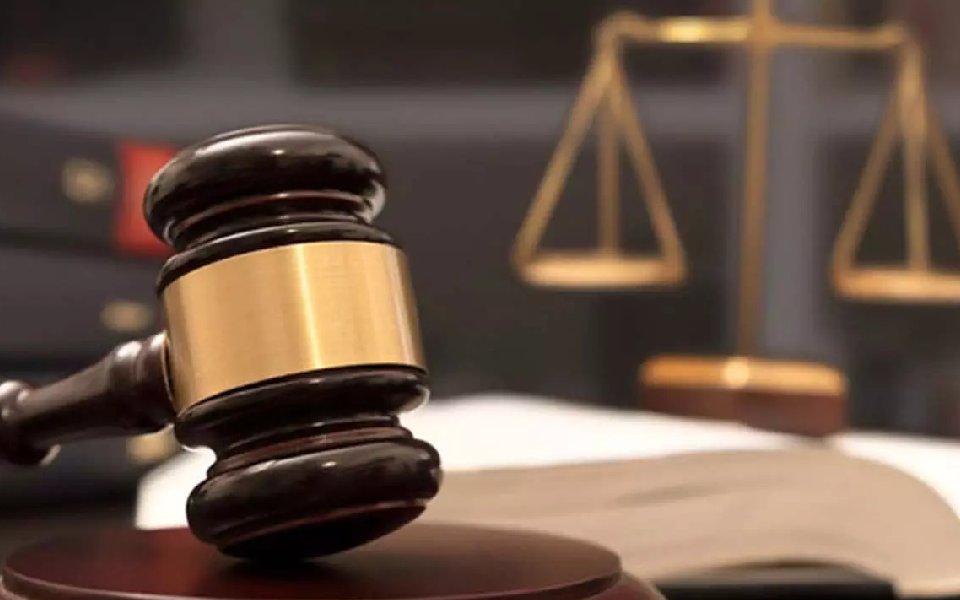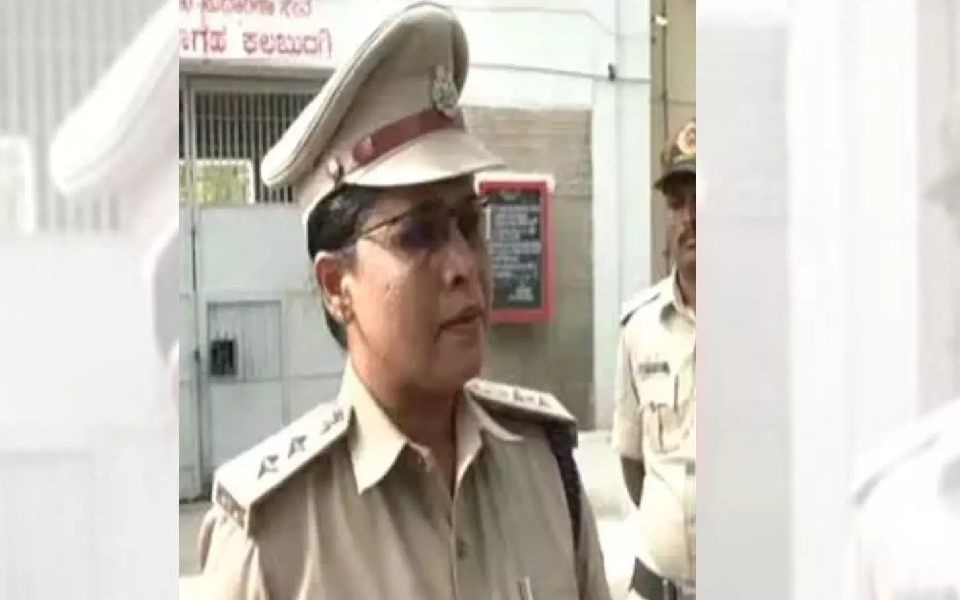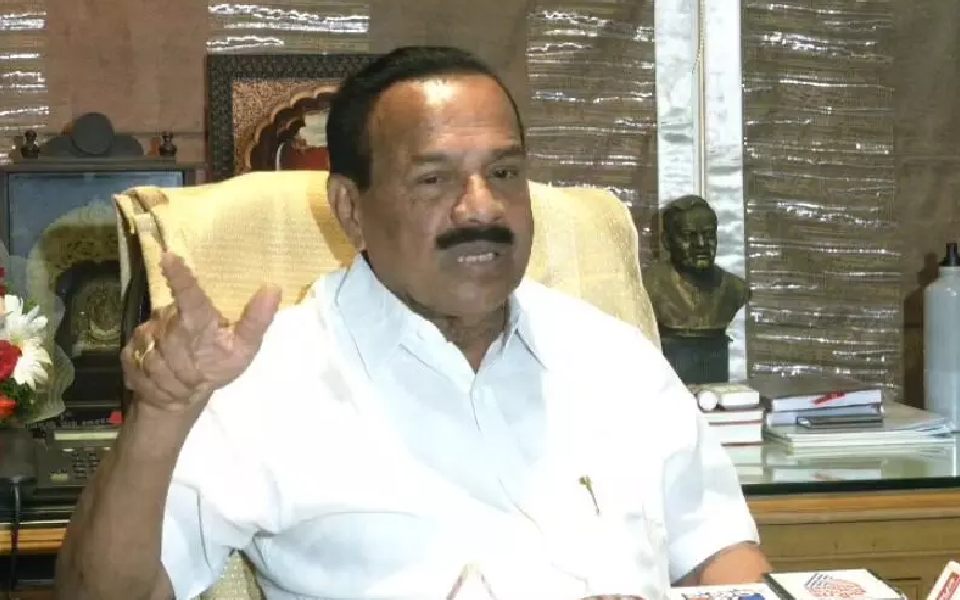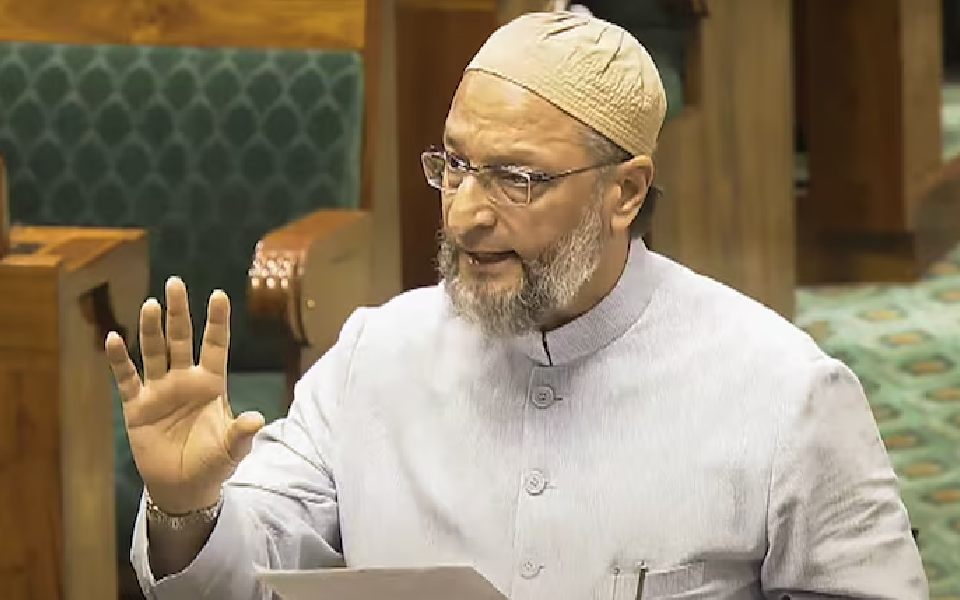Kolkata/New Delhi (PTI): Accepting the bulk of the five-point charter of demand placed by the agitating junior doctors, West Bengal Chief Minister Mamata Banerjee announced her decision to transfer a section of Kolkata Police and the state health department top brass, including CP Vineet Goyal, from their respective positions.
Banerjee also announced the removal of the Director of Medical Education (DME) and the Director of Health Services (DHS) besides the Deputy Commissioner (North Division) who allegedly offered money to the parents of the RG Kar victim.
“We will announce the name of the new police commissioner after 4 pm on Tuesday after the scheduled hearing in Supreme Court gets over,” the chief minister said at the stroke of midnight after concluding her meeting with the agitating junior doctors at her Kalighat residence, barely hours ahead of the scheduled Supreme Court hearing on the RG Kar hospital matter.
The decisions were formalised in the minutes of the meeting which was signed by Chief Secretary Manoj Pant and countersigned by the delegation of 42 doctors who participated in the talks to end the RG Kar hospital deadlock.
The agitating doctors are on ‘cease work’ across the state for 38 days since the gruesome alleged rape and murder of the postgraduate intern at RG Kar hospital came to light on August 9, crippling state-run healthcare delivery.
“We have accepted almost all demands of the doctors. Keeping in mind the plight of the common people, we did the best we could. I now appeal to the doctors to return to work,” Banerjee said, confirming no disciplinary action would be taken against the agitating doctors.
Deeming the decisions as “the state bowing its head before the pressure of a movement and a “victory of the masses”, the doctors, however, said they would continue their protests till “the words get converted into concrete action”.
“We will decide on what our next step would be after the hearing at the Apex court and after we confirm the government issuing those transfer orders it has promised,” announced Dr Debasish Halder, one of the leaders, from the sit-in before Swasthya Bhawan which is continuing for a week amid inclement weather.
“While the CM has accepted our demand to remove the CP, DC (North), the DHS and DME, she is yet to agree on removing the principal secretary of the health department or the DC (Central). The discussions on the operating threat syndicate in hospitals and the thriving corruption racket remain incomplete. We only have verbal assurances on those matters so far. So our fight is far from over,” added Dr Aniket Mahato, another leader.
The signed minutes of the meeting documented a sanction of Rs 100 crore for infrastructure development in hospitals for doctors and rebuilding of patient welfare committees as more inclusive with stakeholders.
To tackle safety-security measures in hospitals, a special task force headed by the chief secretary and having as members the home secretary, DGP, CP Kolkata and representatives of junior doctors, the minutes stated.
It also documented the setting up of an “effective and responsive grievance redressal mechanism” in medical infrastructure across hospitals and colleges of the state.
“Such measures are ineffective until a democratic work atmosphere returns to hospitals with simultaneous uprooting of threats and corruption nexus,” an agitating doctor said.
Early morning celebrations with protestors playing drums and blowing conch shells were witnessed at the Swasthya Bhawan agitation site.
Earlier on Monday, talks between the state government and the agitating junior doctors began at around 6.50 pm after four unsuccessful previous bids to initiate a dialogue to resolve the deadlock. The meeting lasted for about two hours.
It took another three hours to complete the process of finalizing the minutes of the meeting in the presence of the state chief secretary.
Previous attempts to resolve the issue got stuck due to the state government's rejection of the doctors' demand for live-streaming and video recordings of the meeting.
The agitating medics later agreed to a compromise, now only asking to record the minutes of the meeting and receive a signed copy.
The state government also allowed the two stenographers, accompanying the agitating doctors, inside the venue to record the minutes of the meeting.
Meanwhile, the doctors continued their sit-in outside Swasthya Bhawan, the headquarters of the Health Department, for eight days and the 'cease work' for the 38th day seeking justice for the RG Kar victim and demanding removal of top police and health officials.
The talks fructified after the state government "for the fifth and the final time" invited the protesting doctors for talks to end the impasse, two days after the dialogue failed to take off over disagreement on live-streaming of the meeting.
On Saturday, Banerjee made a surprise visit to the protest site and assured the doctors that their demands would be addressed.
However, the proposed meeting fell through when the protesters claimed they were asked to leave "unceremoniously" after waiting for three hours at the gates of the CM's residence.
In the Capital, senior doctors of RG Kar Medical College alleged tampering of evidence in the Kolkata doctor rape and murder case.
In a statement, the doctors demanded that they want authorities concerned, the CBI and the Supreme Court expedite the investigation process and punish the culprits without any delay.
Let the Truth be known. If you read VB and like VB, please be a VB Supporter and Help us deliver the Truth to one and all.
Dhaka, Nov 28: Bangladesh High Court Thursday rejected a petition seeking a ban on ISKCON's activities in the country, days after a lawyer was killed in a clash between security personnel and supporters of a Hindu leader, previously linked to the religious group.
A lawyer had sought a ban on the International Society for Krishna Consciousness (ISKCON) after placing some newspaper reports related to the organisation on Wednesday.
"The two-member High Court bench of Justice Farah Mahbub and Debashish Roy Chowdhury on Thursday declined to ban the ISKCON activities in Bangladesh," a spokesman of the attorney general's office said.
He said the bench made the decision after the attorney general's office submitted a report on the action taken by the government regarding the death of assistant government prosecutor Saiful Islam Alif in the northeastern port city of Chattogram earlier this week.
Hindu leader Chinmoy Krishna Das Brahmachary, arrested earlier this week, was sent to jail by a Chattogram court on sedition charges, sparking a violent protest during which advocate Alif was killed. Chinmoy was earlier expelled from ISKCON.
"Right at this moment, the situation does not warrant the intervention of the (High) court as the State is carrying out its job (regarding the matter),” Justice Mahbub was quoted as saying by the spokesman.
The decision came a day after Attorney-General Mohammad Asaduzzaman urged the court not to take any decisions on the ISKCON issue as the government has started taking the required action.
Additional Attorney General Aneek R Haque and Deputy Attorney General Asad Uddin informed the bench that three separate cases have been filed in connection with the murder of the lawyer and ISKCON's activities, and 33 accused have been arrested in these cases.
The bench then hoped that the government would remain cautious about protecting the law and order situation and the lives and properties of the people of Bangladesh.
Meanwhile, ISKCON Bangladesh refuted allegations linking the organisation to the lawyer's killing, saying the claims were baseless and part of a malicious campaign.
"A series of false, fabricated, and malicious campaigns is being spearheaded targeting ISKCON Bangladesh, particularly in connection with recent events. These efforts are aimed at discrediting our organisation and creating societal unrest," general secretary of the organization Charu Chandra Das Brahmachari said.
Speaking at a press conference at the organisation’s head office, he said ISKCON Bangladesh was never involved in "communal or conflict-driven activities and will continue to promote unity and harmony".
"We have already clarified the matter multiple times through press conferences and official communications with the government and administrative authorities. Regrettably, certain groups continue to deliberately spread false propaganda against our organisation and make unreasonable demands, such as banning ISKCON," Das said.
He said that Chinmoy was previously expelled from the organisation along with two others for violating its rules and none of their activities were connected to ISKCON.
ISKCON Bangladesh President Satya Ranjan Baroi also spoke at the press conference, saying their organisation was dedicated to communal harmony, religious tolerance, and the welfare of humanity and “the allegations are an attempt to tarnish our religious and social reputation".
Jatiyatabadi Ainjibi Forum on Thursday staged a protest in front of the Supreme Court Bar, protesting the lawyer's killing and demanding the ban on ISKCON.
The group is regarded as the lawyers’ wing of ex-premier Khaleda Zia’s Bangladesh Nationalist Party (BNP).
Leaders of the Anti-Discrimination Students Movement, which led the mass upheaval to oust deposed prime minister Sheikh Hasina’s regime on August 5, also demanded the ban on ISKCON.
Separately, a group of Supreme Court lawyers sent a legal notice to the Bangladesh government on Wednesday seeking the ban on ISKCON describing it as a “radical organisation.”
India on Tuesday noted with “deep concern” Chinmoy's arrest and denial of bail and urged Dhaka to ensure the safety and security of Hindus and all other minority groups.
Earlier, the ISKCON had urged the Bangladesh authorities to promote "peaceful coexistence" for Hindus in the country as it "strongly" denounced the arrest of the Hindu leader.
Chinmoy, the spokesperson for Bangladesh Sammilita Sanatani Jagran Jote, was arrested from Dhaka’s Hazrat Shahjalal International Airport on Monday as he was about to fly to Chattogram to join a rally.
He was denied bail and sent to jail by the Chattogram’s Sixth Metropolitan Magistrate court in a sedition case on Tuesday.

